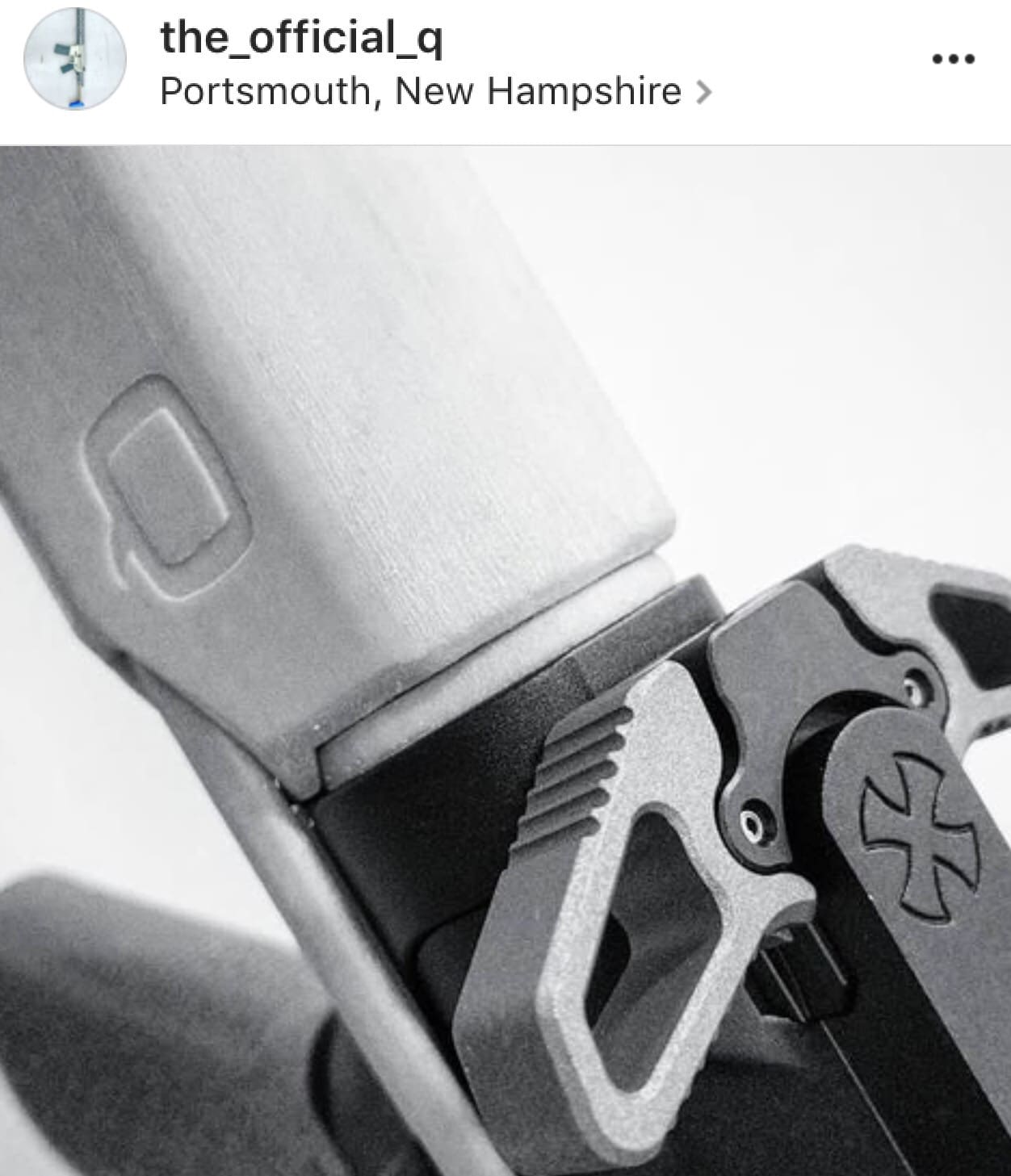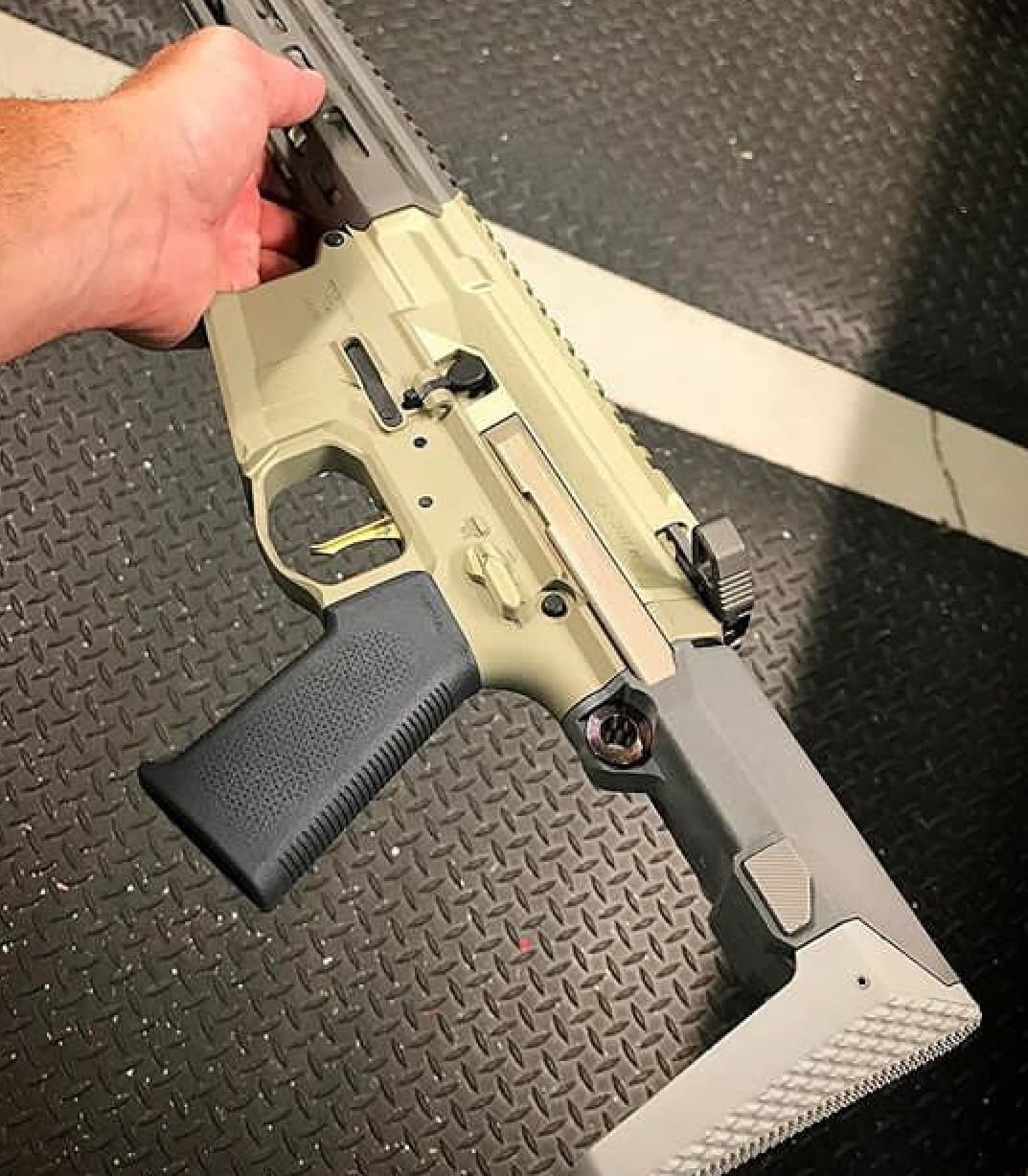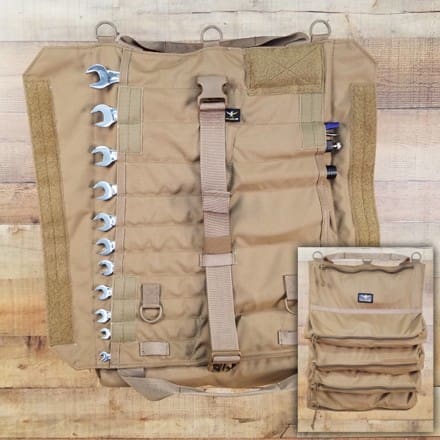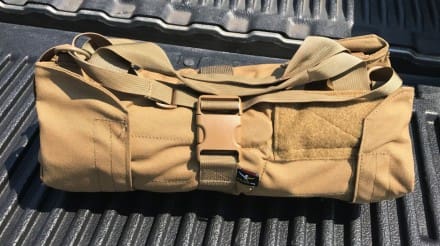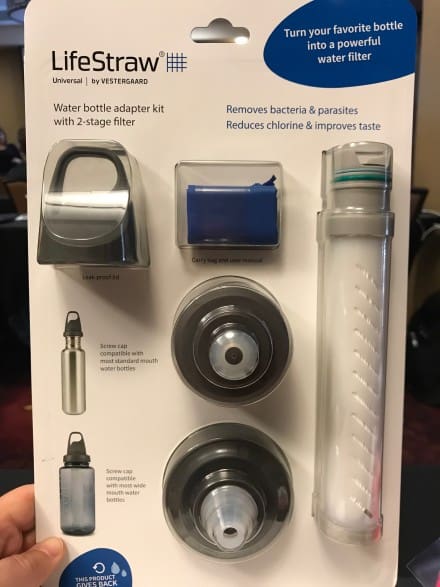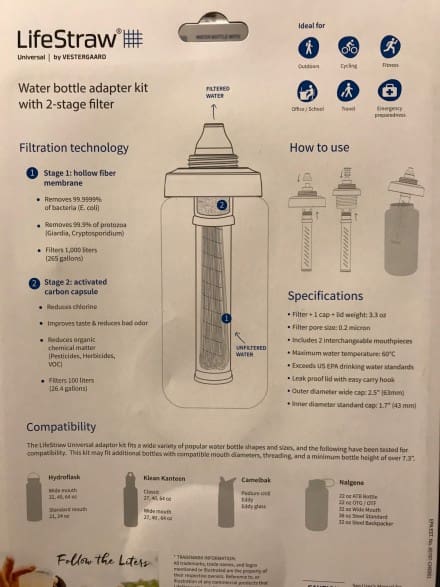FORT MEADE, Md. — Soldiers have many reasons to be excited about the new Sig Sauer modular handguns, which the Army will begin fielding in November, said Lt. Col. Steven Power, product manager of Soldier Weapons.
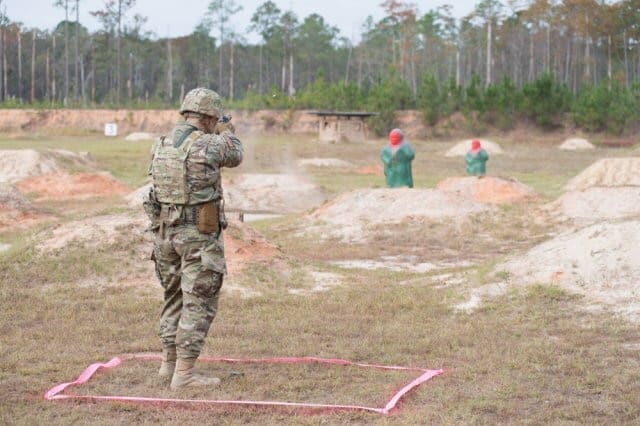
Testing of the modular handgun system, or MHS, this spring by Soldiers at Aberdeen Proving Ground, Maryland, resulted in overwhelmingly positive feedback, Power said, and 100-percent concurrence that the XM17 was an upgrade over the M9.
"That's an uncommonly positive thing," Power said, explaining that there's typically some reluctance with any new system. "Typically even in our own households, when you're buying a new car, there's things that people like about the old car better than the new one," he said.
In this case, all of the Soldiers who tested the handgun said the MHS was more comfortable to shoot and they had better confidence with it, Power said.
The first new XM17 handguns are scheduled to be fielded to the 101st Airborne Division (Air Assault) at Fort Campbell, Kentucky, in November.
The Army's versions of the Sig Sauer P320, the XM17 and XM18, have different ammunition requirements than the commercial 320 pistol, and are painted a different color. The P320 was released for commercial use three years ago.
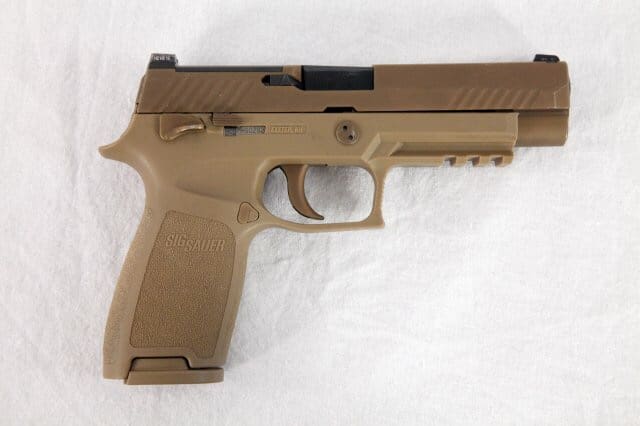
Improved durability and adjustability over the M9, along with interchangeable grips that fit comfortably, are among the features Soldiers can look forward to with the new pistol, Power said.
The new handguns also have an external safety and self-illluminating sights for low-light conditions.
"A big reason why the modular handgun system is such a leap ahead in ergonomics is because of the modular hand grips, instead of just making a one size fits all," Power said. "The shooter will have a handgrip that fits their hand properly which does a lot to improve accuracy — not only on the first shot but also on subsequent shots."
Members of the 101st Airborne are scheduled to receive about 2,000 pistols in November. Eventually, the Army will distribute the weapons to all units over a 10-year period. From November 2017 until September 2018, the new handguns will be fielded at a different post each month, except for March and April of 2018, according to the current plan.
Power said troops from different military branches have already trained with the new handguns and tested them, but none have fielded the weapons yet. The new weapons have long been anticipated, as the M9 Beretta, first issued in 1986, is nearing the end of its serviceability.
"That's pretty dated technology," Power said of the M9. "The specific performance improvements from MHS over the M9 are in the area of accuracy, dispersion (and) ergonomics. And ergonomics isn't just about the comfort of the shooter."
A lot of the weapon's accuracy can be attributed to ergonomics, Power said, adding that human factors engineering determines how well the weapon works in a shooter's hand.
Sig Sauer earned the $580 million contract to produce the weapons in January after winning the Army and Air Force's XM17 Modular Handgun Competition. The Army will continue to use 9mm rounds, subcontracted to ammunition manufacturer Winchester. Power said the Army did not have a preference to remain with the 9mm rounds, but rather used a systems approach to determine ammunition type.
"There was no prejudice toward 9mm," Power said. "The goal was to pick a system that best met our requirements."
Originally posted to www.army.mil.




